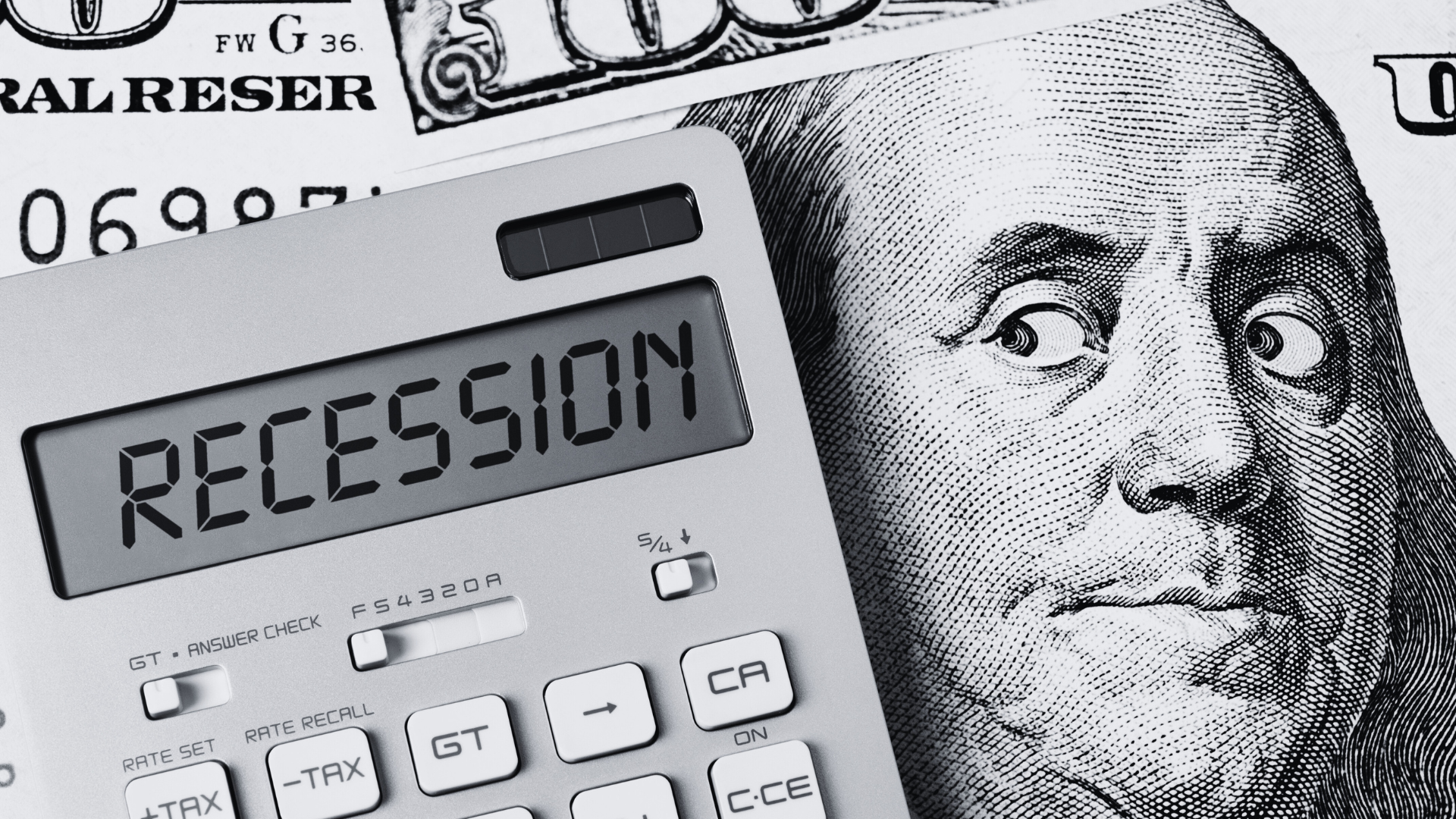
How the Membership Economy is Creating Customer Magic

It used to be you only subscribed to a few things in your life: the newspaper, a few magazines, and cable TV.
With the emergence of other business models and product offerings, the subscription economy is stronger than ever.
It seems you can get a subscription to just about anything these days. Look at your bank statement or credit card bill, and you’ll see how many products and services you subscribe to — from Netflix to laundry detergent, subscriptions are everywhere. Even Walmart is trying to capitalize on the momentum. Consumer membership companies such as Costco or Amazon are having a field day rewarding die-hard loyalty with special perks.
The subscription economy is hot right now, and nobody knows more about this trend than Robbie Kellman Baxter. Robbie is a subject matter expert having written two books on the subject: The Membership Economy and The Forever Transaction.
Robbie says we are in the ‘Wild West’ of subscriptions right now; however, it may take a while before there’s a thinning of the herd with so many out there.
With that in mind, I wondered what the difference between a subscription and a membership is. Should we be using those two terms interchangeably?
Robbie was able to clarify both terms for me during a recent interview on All Business with Jeffrey Hayzlett on C-Suite Radio. She said, “A subscription is a pricing decision. It’s asking the customer to pay you on a regular and automatic basis, in exchange for access to benefits services products. Membership is the mindset that’s required (for) how you treat those subscribers. That gives you permission to get their trust because of a subscription as a trusted relationship. That kind of pricing structure requires a trusted relationship. I believe you can have a membership economy business; you can have a member mindset without using subscription pricing.”
Robbie says memberships are all about creating magic with your customers. You have to offer them some community, a sense of belonging. She says there are plenty of subscription businesses out there, but if they’re not thinking about creating that community, they’re short-sighted.
Robbie also said the rise in subscription businesses has a lot to do with technology over the last decade. Now there is software and other systems that can handle the billing and other logistical issues that come with running a subscription business.
Even with new subscriptions popping up every day, Robbie says we could be heading towards subscription fatigue.
She explains this as, “Having everybody come into subscriptions and have products that don’t justify subscription pricing,” Robbie said. “You just take whatever you’ve got (and) say, ‘we’re going to force people to pay a subscription.’ Or (companies) hiding the ‘cancel’ button or giving people the wrong combination of benefits or that they’re paying (for) stuff they don’t need. That’s what’s driving subscription fatigue.”
So how do the good subscription companies stand out? Robbie says it’s simple.
“The really good ones are laser-focused on who they’re serving and what value they’re providing to them,” Robbie said. “When they design their offerings, they’re not just focused on the moment of transaction getting someone to sign up for the subscription, but on delivering value on an ongoing basis by anticipating where the customer is going to go next on their objective of achieving that goal.”
Robbie says an excellent example of providing constant value is Disney+. The streaming video service exceeded expectations in its first year and now boasts 86 million subscribers. Robbie said with a service like Disney+, you’re buying more than the chance to see the latest Disney movie from the comfort of your home.
“Disney needs to make sure that I can find my way to the other content that they offer because what I’m really signing up for is enjoying time with my family,” Robbie said. “They have to get me to the princesses, they have to get me to the adventure stories, and they have to get me to National Geographic documentaries.”
She adds, “It’s all about really understanding the customers’ goals, instead of just focusing on your own products.”
Robbie says another company that is doing it right is Peloton. The company behind the popular stationary bikes offer live online fitness classes and they’re thriving during the pandemic now that fewer people are going to the gym. Peloton has seen its stock surge over 400% over the past year, and it is even looking to buy up the competition.
“You can connect with other people that are working out and build community,” Robbie said. “I think it’s a really interesting business model.”
“There have been cases where people have been injured and Peloton sends them a get well soon gift, but then automatically canceled their subscription (saying) ‘Hey, let us know when you want to reengage with us.'”
While Disney and Peloton’s numbers show they are doing it right, Robbie says many companies are doing a lousy job in the emerging subscription economy. She points to a bit by stand-up comedian, Ryan Hamilton, on canceling his gym membership. While it’s played up for laughs, there’s a lot of truth in the story.
“A lot of what used to be called continuity programs where you get every month, your shampoo or your skincare products, (are) often very hard to cancel. Often (a) very inexpensive entry-level program and then before you know it, you’re paying ten times as much,” Robbie said.
Even the Federal Trade Commission is taking notice. Leslie Fair, a senior attorney for the government agency, has a blog where she tracks the companies accused of using deceptive practices like hiding pricing information and making it tough to cancel.
Subscription revenue is an attractive idea for businesses and professionals across many industries. During our conversation, Robbie and I talk about how subscriptions should work and how this model can create value for customers.
Listen to our full conversation here.
- Break Free From Founder Dependence: Strategies for Business Success? - June 14, 2023
- The Gentle Leader’s Playbook: Mastering Employee Performance Without Being a Jerk - June 14, 2023
- Leading Through Future Uncertainty - June 7, 2023






